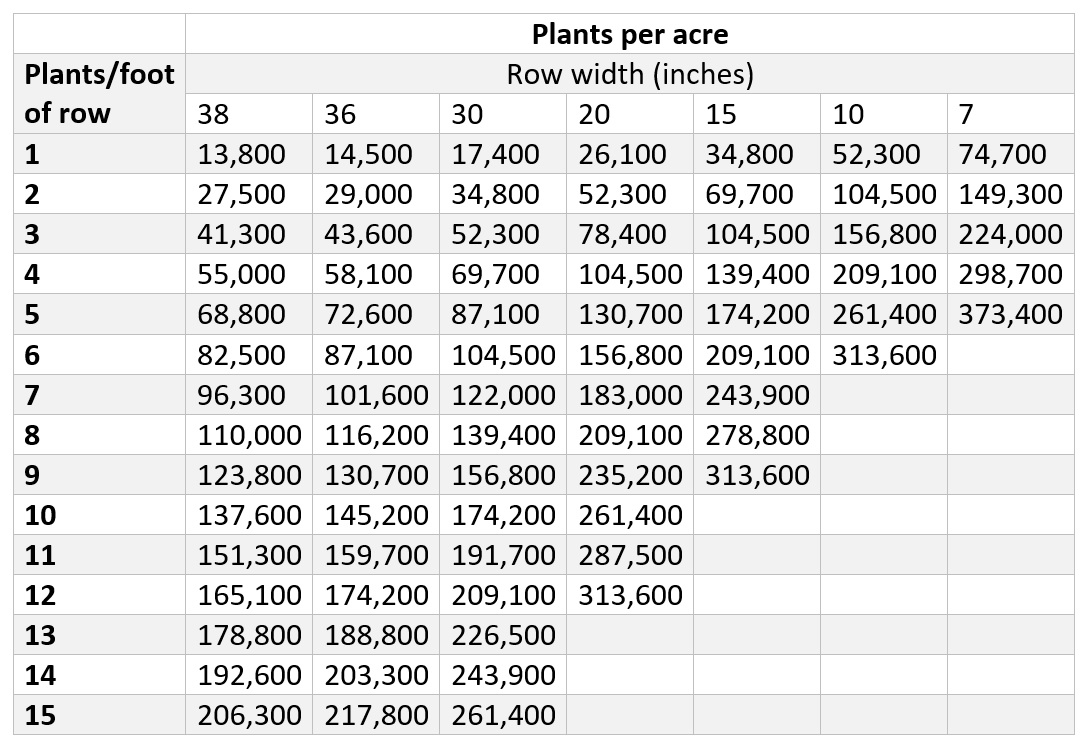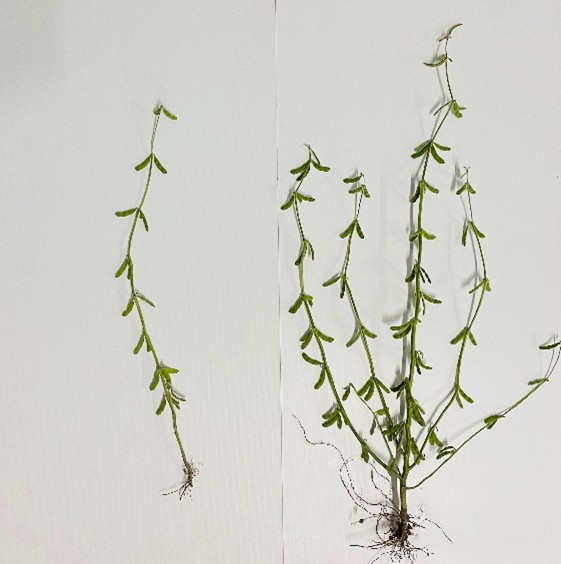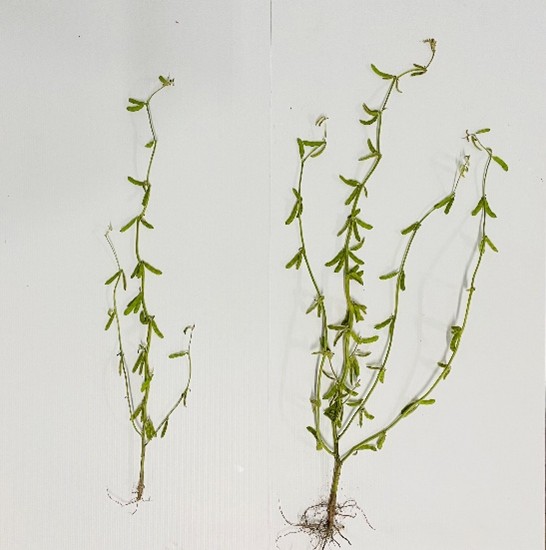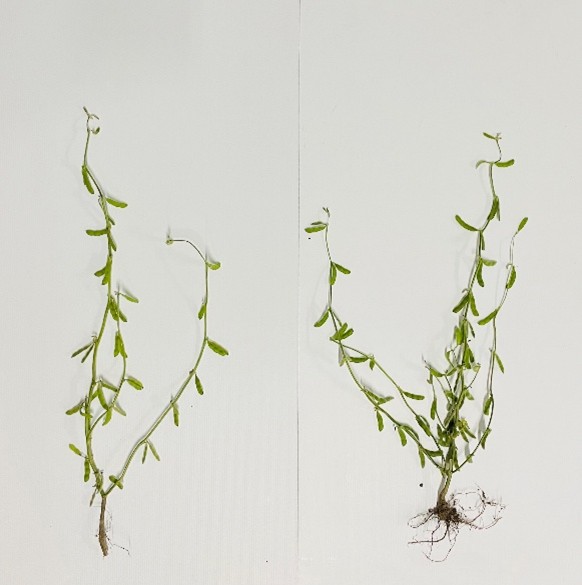Soybean Plant Stands and Replant Decisions
When it comes to assessing soybean stands, it is as much an art as a science. Damage or stand loss is never uniform across a field so it is important to first try to nail down what has caused the issue and then do a stand assessment that represents the field. Soybean stand counts can be done in a couple of ways depending on row width.
- Counting 1/1000th of an acre: For fields on 30-inch rows, put in with a planter, you can measure 1/1000th of an acre (17feet 5 inches) and count the number of successful plants then multiply by 1000 to understand the number of plants per acre. Repeat the counts in multiple parts of the field and you can take an average. For 15 inch rows, you can use a similar process by measuring 34 feet, 10 inches.
- Plants/foot of row: Alternatively, counting plants per foot of row can be simpler however, it will require a lot of replications and a practiced eye to make a solid assessment. See the table below to convert the number of plants counted in a row to the appropriate number of plants per acre. I would suggest counting about 5 feet of row in each spot and doing the proper division.

Plant density for common row widths based on the average number of plants/foot of row (Source PM 1815 soybeans replant decisions)
- Hula Hoop count: Finally, there is the tried-and-true hula hoop count. Toss the hoop at random, count the number of healthy soybean plants inside the hoop and then apply the following calculation, [Population=Plants/(3.14*hoop radius*hoop radius/43 560)]. A 28 inch hula hoop diameter is ideal because you can count the number of surviving plants and multiply it by 10 000 in order to get the plant stand per acre. This method is generally the best bet for solid seeded or twin row soybeans.
When doing the stand assessment, it is also very important to accurately judge if a plant is going to “make it” or not. If your concern is root rots, dig up plants and take a look at the root colour and feel, if it is insect related, assess feeding on the stem; only count plants which are going to be successful. This is where the art really comes in. Try your best to also take note of emergence uniformity, spacing, seedling vigour and the rough proportion/percentage of the field that has been impacted.
Roughly determining the potential of the field as is will be the first step in decision making. Next, is estimating the yield potential of the replant acres. In general, a crop planted earlier in May will have a higher yield potential than soybeans planted later in the month. You could see up to a 0.5bu/day loss in yield potential, in late May and especially into June. Other things to consider will be weed pressure in low stand areas as well as herbicide labels and how weed control could be altered when having a field with numerous different growth stages of soybeans.
Unlike corn, very rarely does a soybean crop need to be completely replanted. More often you see a field or portions of a field that needs some “thickening up”. Soybeans can do fine when plants are not exactly the same growth stage, so, adding in some plants on an offset pattern can improve the overall plant stand and set up a more successful harvest.
Last season, our agronomy team did some population work with soybeans by removing half of the population at about two weeks post planting. What we found was that three out of nine varieties (PS0098XR, PS0521XRN and PS0944XRN) fully compensated in yield by flexing in the number of branches and/or the number of pods. Other varieties were withing 95% of yield potential. That being said, there are other factors beyond yield to consider. Lodging risk, fungicide penetration into the canopy, harvest date etc all need to be considered especially when getting later into the spring planting season.
2.8 x more branches 2.3 x more pods
|
2 x more branches 1.7 x more pods
|
2.6 x more branches 2 x more pods
|
2.4 x more branches 1.9 x more pods
|





